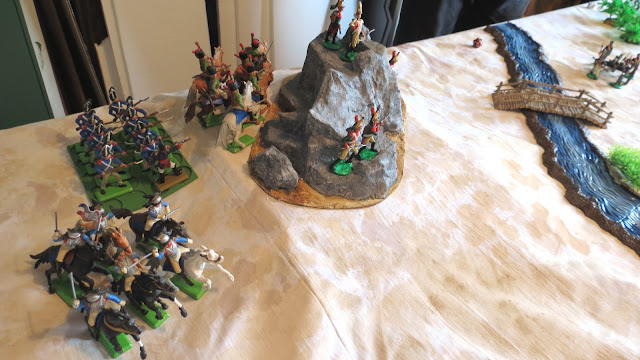Rather late in the day but I just came across more pics of some figures I got at last year's Plastic Warrior Show. I didn't take a table last year because I felt in need of a big spend up on toy soldiers and you just can't do that with the same reckless abandon when you've got to look after a stall. I bought heaps of stuff, stocking up on fodder for conversions which I won't bore anyone with, so here are just a couple of the less usual bits:
This is the original plaster form for the mould of a Charbens red Indian which never went into production. It's very difficult to visualise the finished product from looking at the inverse impression in the mould so the chap who sold it to me had made a metal casting to see what the figure would have looked like,
These plasters came from the estate of John Riccardini who had worked as a freelance designer for several UK toy manufacturers, principally Charbens, these are red Indian legs from the Timpo swoppet range. These plaster forms were first cast around the master figure and would then be sent to the foundry where they would then be copied in brass, fine detail would be engraved into the brass to finish the mould and the plaster could be discarded. I have several original brass moulds but these are the only plasters I have ever had. I only met Mr Riccardini once and he was a very nice chap, he engraved his name into one of these moulds, I suppose to assert his intellectual rights, which is a nice touch, I wish I'd made more effort to stay in touch with him. Too late, another missed opportunity to learn from the people who made the toys.
A mounted Roman officer made in France by JSF (Jouets Standart Francais), originally made in hollowcast lead, this plastic version has a high plaster content and is starting to deteriorate but happily is still all in one piece.
Another figure from JSF from a series of French army off duty, it's a very large set with many unusual poses but quite hard to find and very sought after when they do turn up.
Well that's it until after the PW show next week, I thought it was time I did a post about proper toy soldier collecting as this blog has become rather 54mm wargaming heavy of late, but as that has always been the prime focus for my collecting activity it will probably continue to be the direction that this blog takes.
Good hunting!













